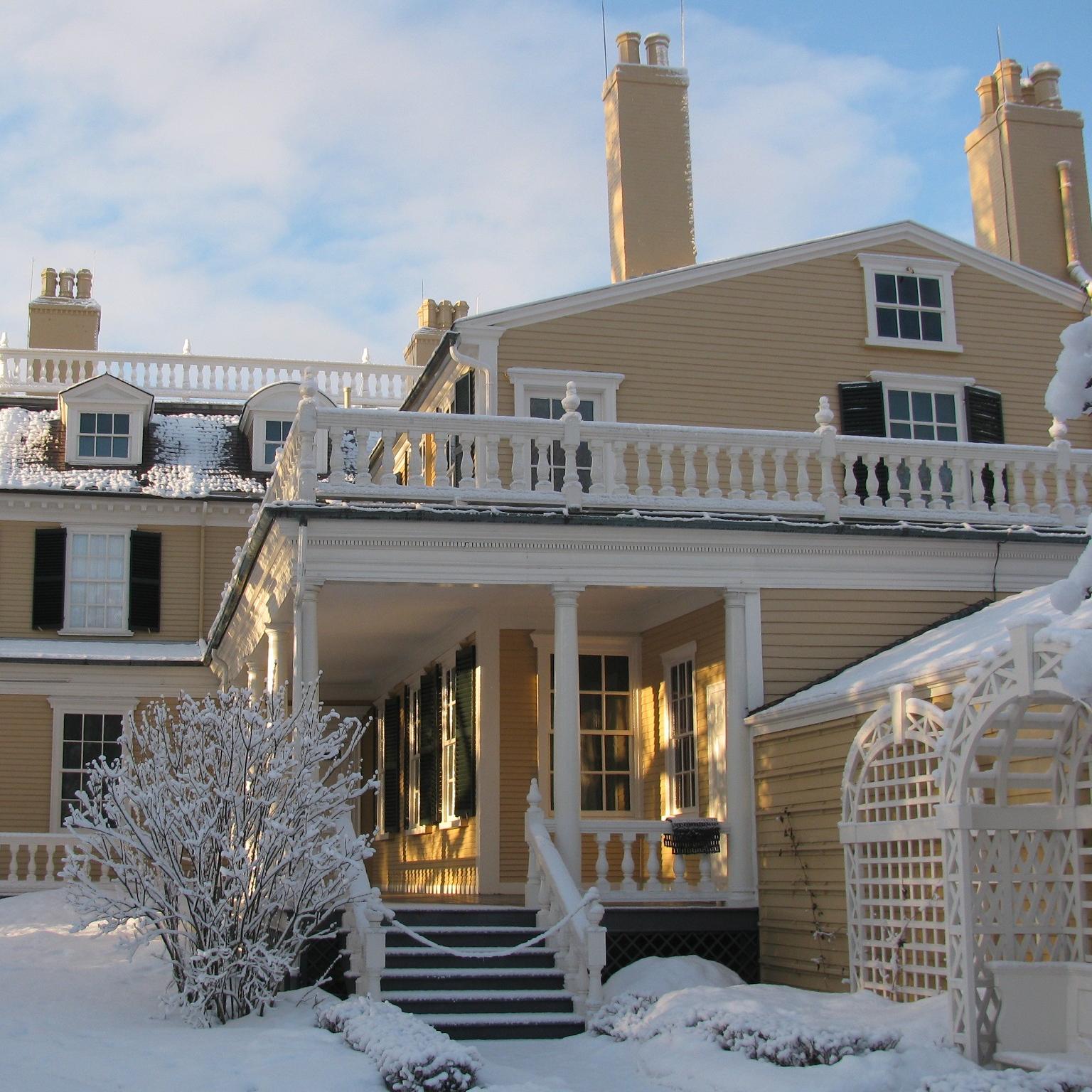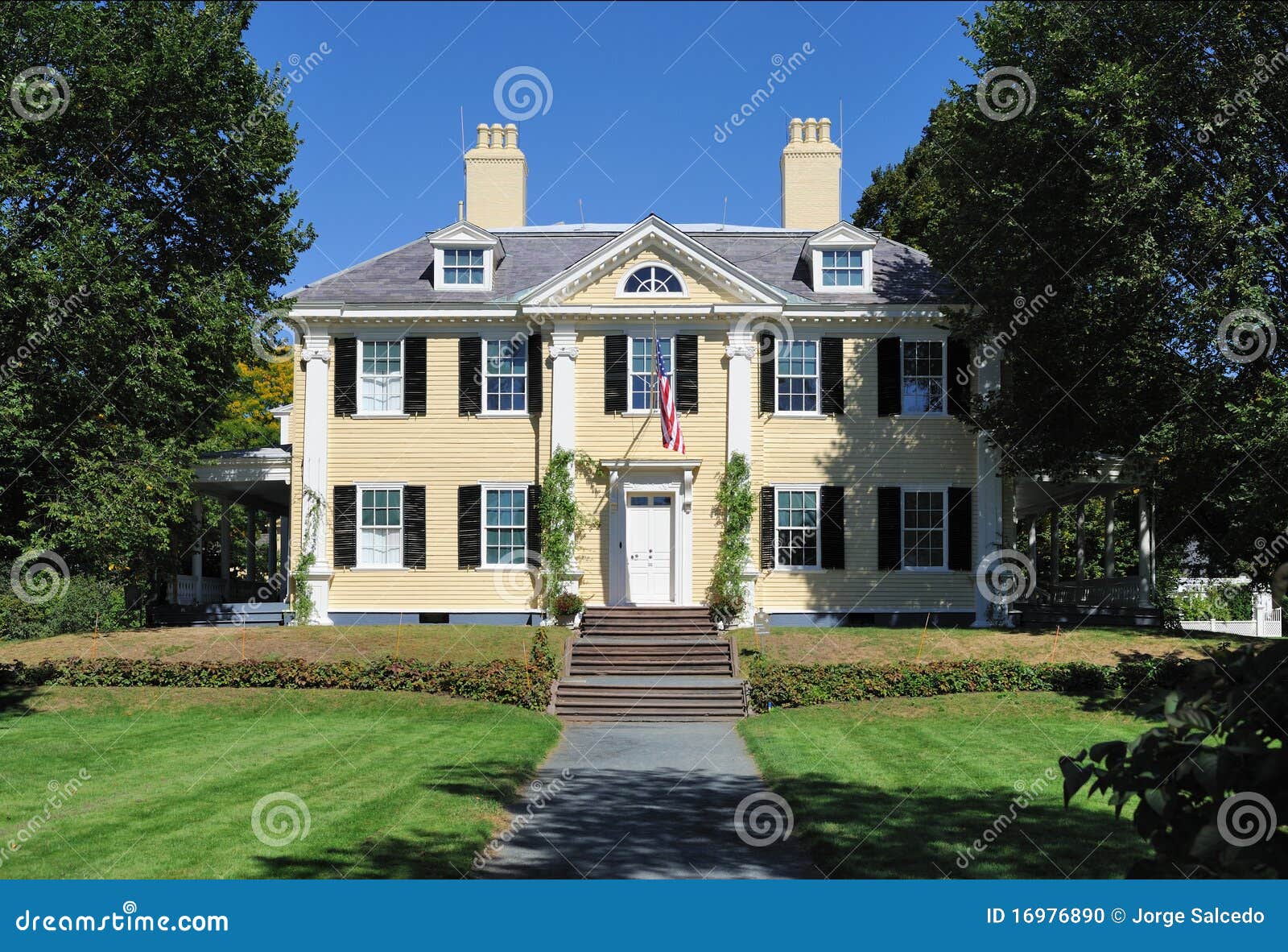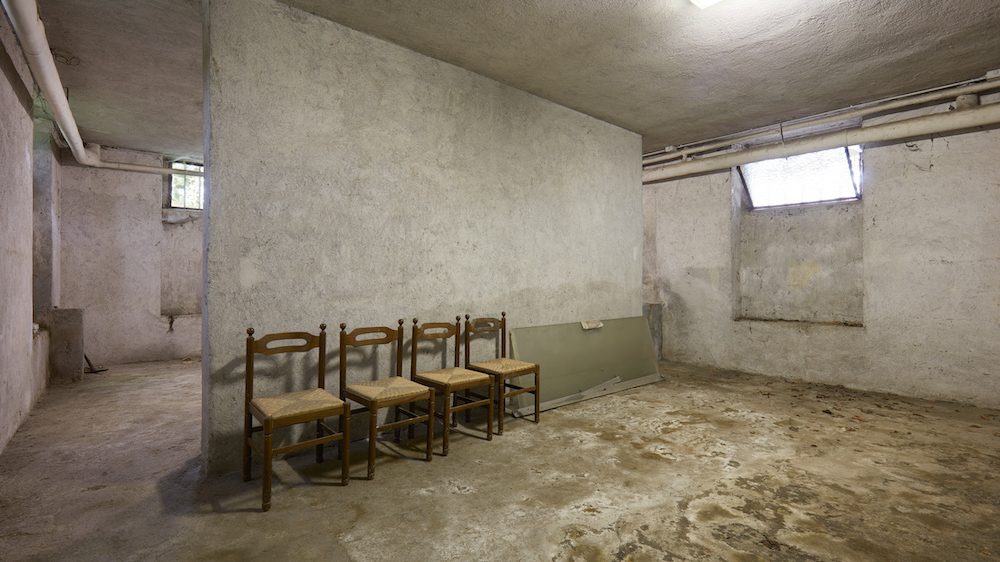Table Of Content
- Henry Wadsworth Longfellow: His Homes
- Homeless encampments are on the ballot in Arizona. Could California, other states follow?
- There are 3 comments on To Do Today: Explore the Historic Longfellow House
- Summit Public School: Tamalpais
- National Poetry Month Trivia Challenge
- Longfellow House - Washington's Headquarters
- Park footer
- A Brief History of Scent With Saskia Wilson-Brown

These elements would strive to balance historical authenticity with entertainment—a museum-quality experience but more lively and fun. The design of the Longfellow house was well-suited to a garden lot with a mountain view. Like Frank Gehry, who studied the scales on a fish, Fowler was inspired by an egg and a grain of sand. They were spherical, with a minimal exterior footprint and maximum interior space. The only single-family residence to survive downtown Congress Street's change from a mixed commercial and residential neighborhood on the edge of town to an urban business district, it is the oldest standing structure on the Portland peninsula. Peleg and Elizabeth Wadsworth raised ten children in the house before retiring to the family farm in Hiram, Maine, in 1807.
Henry Wadsworth Longfellow: His Homes
National Park Service Announces Roof Repair and Water-shedding Enhancement Plans for Longfellow House ... - National Park Service
National Park Service Announces Roof Repair and Water-shedding Enhancement Plans for Longfellow House ....
Posted: Fri, 17 Nov 2023 08:00:00 GMT [source]
Because of his occupation, the exterior and interior carvings were all done by hand in ornate, one-of-a-kind patterns. The founders of Heritage Square Museum believed that Los Angeles needed both a place to preserve this important era of our history for future generations, and a means to relate its past to the concerns of the present and future. It was this architecture, characterized by gabled roofs, windowed turrets and intricately detailed woodwork that was threatened with extinction by a densely developing urban community in late 1960’s Los Angeles. We offer both field trips and in-the-classroom educational experiences to make history accessible to students in Los Angeles.
Homeless encampments are on the ballot in Arizona. Could California, other states follow?
Be sure to leave time to take a walk among the formal gardens, which were designed by Longfellow. The East Lawn is the setting for the Longfellow Summer Arts Festival each week on Sundays from June through August, offering readings and music for families and kids. We depend on ad revenue to craft and curate stories about the world’s hidden wonders. Henry Longfellow's wife was his domestic and literary partner and an astute observer of antebellum American society.

There are 3 comments on To Do Today: Explore the Historic Longfellow House
The Fall Of The House Of Usher Timeline Explained - Screen Rant
The Fall Of The House Of Usher Timeline Explained.
Posted: Sat, 14 Oct 2023 07:00:00 GMT [source]
The house was built in 1759 for Jamaican plantation owner John Vassall Jr., who fled the Cambridge area at the beginning of the American Revolutionary War because of his loyalty to the king of England. George Washington occupied it as his headquarters beginning on July 16, 1775, and it served as his base of operations during the Siege of Boston until he moved out on April 4, 1776. Andrew Craigie, Washington's Apothecary General, was the next person to own the home for a significant period of time. Craigie's financial situation at the time of his death in 1819 forced his widow Elizabeth to take in boarders, and one of those boarders was Henry Wadsworth Longfellow. He became its owner in 1843 when his father-in-law Nathan Appleton purchased it as a wedding gift. His inheritance had included 56 acres of land here in Cambridge, and he wasted little time in improving the property after coming of age.
Summit Public School: Tamalpais
Fowler reasoned that square corners created useless space but that a form with many angles, pierced with windows, provided just what’s needed, letting in healthy light. Furnishings from the four generations illustrate changes in style, technology, and attitude over the 18th and 19th centuries. The Wadsworth-Longfellow House is also an important architectural artifact of New England's past. Originally a two-story structure with a pitched roof, it was the first wholly brick dwelling in Portland. The cannons on the hill made the British position in Boston untenable, forcing their commander, General William Howe, to choose between abandoning the town or risking a Bunker Hill-style assault on Dorchester Heights. He considered the latter option, and Washington was actually counting on this, as he hoped to attack Boston from Cambridge while the majority of Howe’s army was at Dorchester.

National Poetry Month Trivia Challenge
He was a 30-year-old Harvard professor when he moved into a room here in 1837, and he had recently been widowed after the death of his young wife Mary less than two years earlier. These words, penned by Henry Wadsorth Longfellow, aptly describe the history of the palatial Longfellow House. The home was originally constructed in 1759 by John Vassall, a wealthy merchant and ardent British loyalist, who fled to England with his family in 1774 on the eve of revolution. In July 1775, George Washington chose the large and strategically located home to serve as his official wartime headquarters, the irony assuredly lost on the exiled Vassall family. A full-scale replica of the house was built in Great Barrington, Massachusetts at the turn of the 20th century. This building is the only remaining full-scale replica of Longfellow's original home maintaining all the original historical character.
Though he published his ideas in books with detailed diagrams, Fowler was only moderately successful in solving America’s housing needs. By the end of the century, slightly more than 1,000 octagons were up, exotic additions to American cities and countrysides. Long before Pete Seeger sang, “Little boxes on the hillside, little boxes made of ticky tacky,” lamenting the eerie sameness of postwar development, architects and social progressives bemoaned that our houses looked alike. Americans were supposed to be innovators, and yet our homes drifted toward conformity, with designs that didn’t have much to do with how we lived. One such worrier was phrenologist, architect-tinkerer and proto-environmentalist Orson Squire Fowler. This survey included tools such as Ground Penetrating Radar (GPR), electrical resistivity, and conductivity to scan below the ground and see if there were anomalies that might indicate historical features present.
Park footer
He and his army would subsequently head south to New York City, to defend it from an anticipated attack by Howe’s army. The remainder of 1776 would prove to be a difficult time for Washington, who suffered a series of defeats in the late summer and fall. These were “the times that try men’s souls,” as Thomas Paine put it, and after his success here in Boston, Washington would not experience another major victory until Trenton in late December. Still, despite these difficulties, Washington maintained the respect of the majority of his soldiers, and his leadership would prove instrumental in the ultimate success of the American Revolution. Washington arrived in Cambridge on July 2, and he initially set up his headquarters at the Wadsworth House, which was the residence of the Harvard president.
In the meantime, while the Vassalls were still residing in Boston, Cambridge became the main encampment of the Continental Army, thanks to its location directly across the Charles River from Boston. From here, the army laid siege to Boston, confining the British to what was, at the time, a geographically small seaport town on a narrow peninsula in the middle of the harbor. The first home Henry knew was the one where he was born on February 27, 1807 and spent the first few months of his life.
Sprawl reached San Pasqual Street, the Longfellow family moved its octagon a mile north to Allen Avenue. In 1973, the Cultural Heritage Foundation of Southern California, which runs the Heritage Square Museum, struck a deal with Walter Hastings, Longfellow’s grandson who lived in the house. The foundation would save his home from threatened demolition if he donated the octagon. When Hastings moved out in 1986, the organization relocated the Longfellow place to the Arroyo Seco.
Before George Washington used the main house (Figure 1) as his headquarters, it belonged to Colonel John Vassall, a sugar plantation owner in the West Indies. Vassal purchased the property in 1747 and soon after it was inherited by his son, John Vassall Jr. following his father’s death. The Vassals’ occupied the house until 1774 when they relocated because of their loyalist affiliation. They were Malcom, William, Cuba, Dinah, child James, and two unnamed “small boys”.
In 1843, the house changed hands again after the father of Longfellow's bride, Frances Appleton, purchased the home as a wedding gift for the new couple. After her father's death in 1882, Alice Longfellow commissioned two of America's first female landscape architects, Martha Brookes Hutcheson and Ellen Biddle Shipman, to redesign the formal garden in the Colonial Revival style. The garden was recently restored by an organization called Friends of the Longfellow House, which completed the final stage of its reconstruction, the historic pergola, in 2008.
The house was his aunt and uncle Abigail and Captain Samuel Stephenson’s home, a three-story Federal style house that stood at the corner of Fore and Hancock Streets in Portland, Maine. The house was added to the National Register of Historic Places on March 2, 1982.[1] It is now located at the Heritage Square Museum, its home since the mid-1980s. The introduction of the freeway in the 1960s[12] divided the neighborhood and both the commercial district along Grove Street and the Sacred Heart Parish suffered as the area fell into decline. Today, this commercial corridor has been revitalized with the introduction of several thriving food related business including Grace Street Catering, Café Dejéna, MLK Café, and Arthur Mac's Tap and Snack. Through the early 1900s, North Oakland was a vibrant Italian neighborhood[9] including what is now known as the Longfellow district.
From the simplicity of the Longfellow-Hastings Octagon House to the opulence of the William Perry Mansion, the Museum provides a unique look at the lifestyles of the people who contributed so much to the development of modern Los Angeles. Heritage Square Museum explores the settlement and development of Southern California during its first 100 years of statehood through historic restoration and preservation. In 1844, building a sphere was not technologically possible, but the next best shape, an octagon, was.
The Longfellow House Trust continued to maintain the house long after Alice Longfellow’s death in 1928, and in 1962 the house was designated as a National Historic Landmark. The property became the Longfellow National Historic Site, and it has been open to visitors ever since, although in 2010 it was renamed the Longfellow House–Washington’s Headquarters National Historic Site. Although slavery was not widespread in the colony, it was not uncommon for wealthy families to have several enslaved domestic servants.
Longfellow House-Washington's Headquarters National Historic Site preserves a remarkable Georgian house whose occupants shaped our nation. It was a site of colonial enslavement and community activism, George Washington’s first long-term headquarters of the American Revolution, and the place where Henry Wadsworth Longfellow wrote his canon of 19th-century American literature. Evidence of the roots of the name Temescal remain in the Longfellow neighborhood. Temescal Community Garden, the first community garden in Oakland, was established on 47th Street in 1984 [3] and falls within Longfellow’s borders. Temescal Creek, now culverted, runs beneath the rear property line of the garden and ostensibly acts as the physical geography that defines the northern edge of the Longfellow neighborhood.












